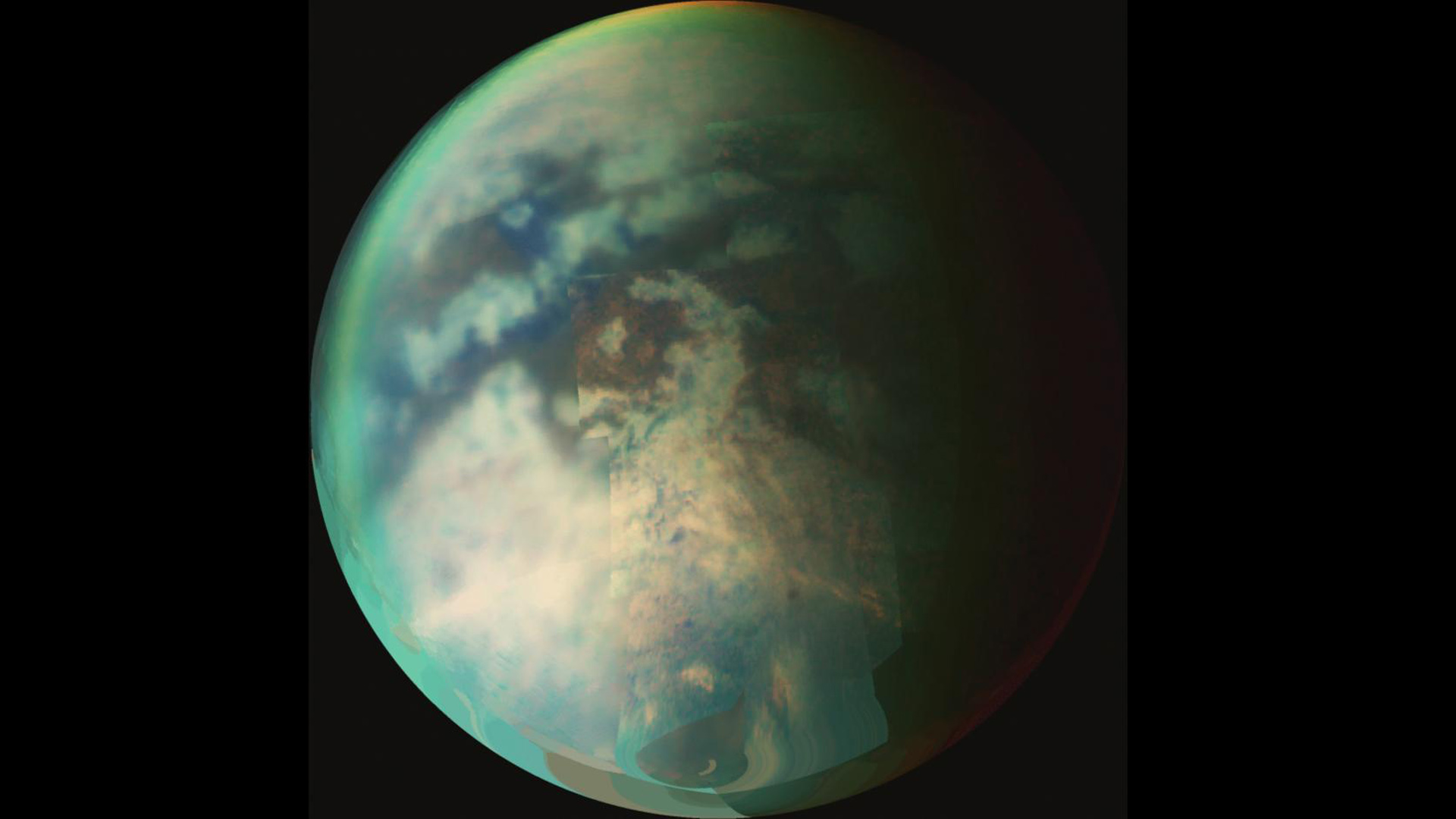Plan Ahead: Total Lunar Eclipse March 3
Soon after sunset on Saturday evening, March 3, skywatchers in eastern North America can watch the rising full Moon undergoing its first total eclipse in nearly 2-½ years.
In Europe and Africa the eclipse takes place late at night high in a dark sky.
For North Americans, the farther east you are the better. The eclipse will already be in progress when the Sun sets and the Moon rises, two events that happen almost simultaneously on a lunar eclipse night.
- Images: The Moon / Eclipse 2003 / Eclipse 2004
In New England and the Canadian Maritime Provinces the Moon rises before total eclipse begins; be on the watch for a thinning sliver of the Moon's edge coming up just above the eastern horizon. Across much of the eastern United States, the Moon rises during totality. In this region, depending on just how clear your eastern sky is on eclipse evening, you might have to wait a half-hur or more after the Moon rises, since the twilight sky will still be quite bright and the full Moon will be shining 1/10,000 to 1/100,000 as bright as it normally would; you'll be hunting for a dim ball.
Across the Midwest, and the Plains States totality has already ended by moonrise and the eclipse is partial as the Moon emerges from the Earth's shadow. In the Rocky Mountain States, only a vague hint of the eclipse may be evident in the form of a tarnishing or smudginess on the Moon's disk. This will be the faint outer shadow of the Earth (the penumbra); it may give the appearance that the "Man in the Moon" has a bruise over his left eye. Meanwhile, the West Coast misses out entirely.
The Moon will track across the northern portion of the Earth's shadow, and will be completely immersed for one-hour and 14 minutes, making this a somewhat longer than normal totality.
Because some of the sunlight that strikes our Earth is diffused and scattered by our atmosphere, its shadow is not completely dark; enough of this light reaches the Moon to give it an eerie coppery glow even when it's totally eclipsed. It is anticipated that during the upcoming total eclipse the Moon will glow brightest across its upper portion, while its lower part (closest to the center of the shadow) will appear a darker shade of brown or chocolate color.
Breaking space news, the latest updates on rocket launches, skywatching events and more!
This will be the first of two total lunar eclipses in 2007, the other occurring on Aug. 27 will favor western North America and the Pacific Rim.
- Top 10 Luna-Terms
- Top 10 Cool Moon Facts
- Skywatcher's Guide to the Moon
- Why Does the Moon Look Bigger on the Horizon?
- More Lunar News, Facts and Lore
Basic Sky Guides
- Astrophotography 101
- Sky Calendar & Moon Phases
- 10 Steps to Rewarding Stargazing
- More Skywatching News & Features
Joe Rao serves as an instructor and guest lecturer at New York's Hayden Planetarium. He writes about astronomy for The New York Times and other publications, and he is also an on-camera meteorologist for News 12 Westchester, New York.

Joe Rao is Space.com's skywatching columnist, as well as a veteran meteorologist and eclipse chaser who also serves as an instructor and guest lecturer at New York's Hayden Planetarium. He writes about astronomy for Natural History magazine, Sky & Telescope and other publications. Joe is an 8-time Emmy-nominated meteorologist who served the Putnam Valley region of New York for over 21 years. You can find him on Twitter and YouTube tracking lunar and solar eclipses, meteor showers and more. To find out Joe's latest project, visit him on Twitter.

